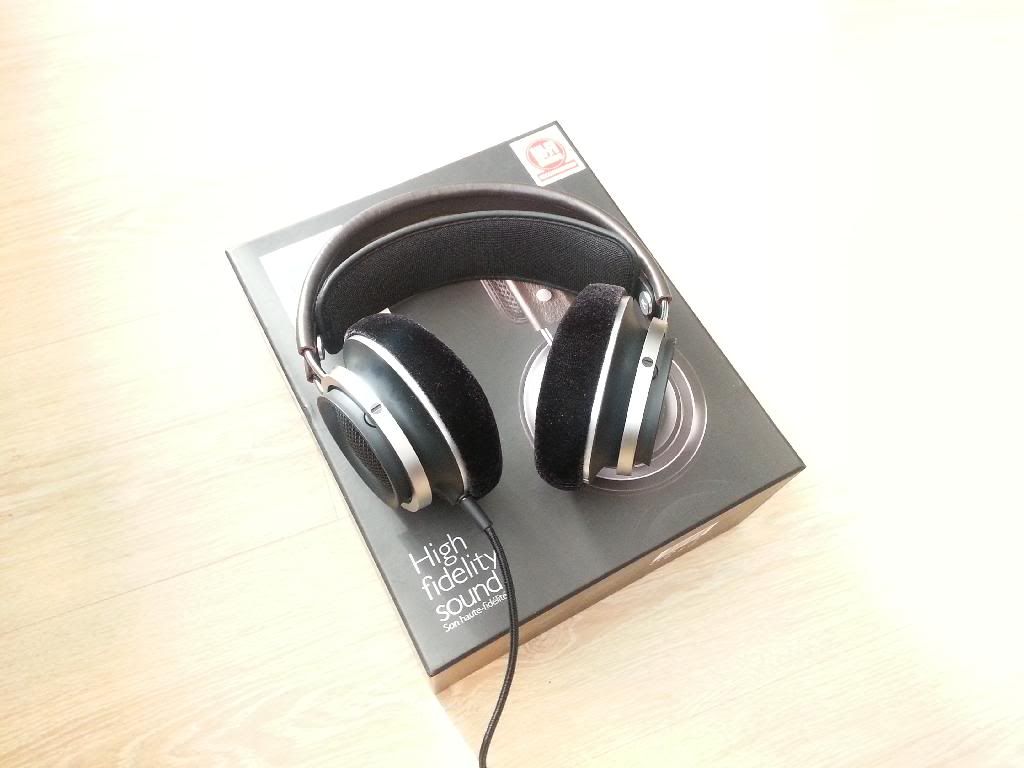Euklid skrev:The golden ears FR-plot above measures the difference between the FR-response and something called the golden ears target, wich is not ar linear response.
On the website it says:
"Subjectively Percieved Tonal Balance>
Diffuse Sound Field Equalization + The small room X-Curve Compensation + Bass Compensation"
http://en.goldenears.net/GR_Headphones/17992There is also a "raw data" graph, but that shows a peak instead of af dip at 4kHz ???
Does any one have clue whats going on

Here is what is going on:
They are measuring headphones with a B&K torso:

This torso has Pinna (outer ears) and inner ears consisting of a small (metal) tube running inside the head with a microphone on the end.
This is a standard coupler (left is the ear side, on the right is where the mic is inserted):

The advantage is, it is close to the 'real thing' (ear canal + eardrum) and it allows to measure in-ears, on-ears and over-ears (I can only measure on- and over-ears)
The disadvantage is that this 'channel' causes a wide resonance around 3kHz so the microphone actually records THROUGH this tube and thus it registers(hears, measures) too much highs because of the tube resonances which ADD to the original sound pressure that is present on the outside of the head.
This needs to be corrected afterwards by applying the inverse frequency response the coupler creates.
In my rig (tlat measuring bed type) this is not needed, because I do not use a coupler.
The other 'correction' is room correction for which they chose the X-curve.
This correction basically shows how a room 'colours' the sound coming from flat speakers when they are measured (heard) in a listening position.
When you have a reference speaker that measures 'flat' in an anechoic room (or outside hanging in the air) on 1 meter distance on axis with the speakers it won't sound 'flat' in a room.
The reason for this is the way a speaker emits sound.
Bass and lower mids can be heard in front and back of the speaker (it literally bends around it) but the upper mids and treble are directed forwards only (valid for 'normal' speakers, not for dipoles or omnidirectional speakers)
The frequencies that 'bend' around the speakers are reflected against walls, floor and ceiling and contributes extra in that frequency domain to the total sound pressure as if more woofers and lower midrange speakers were used in an anechoic room.
Not everyone points there speakers towards the listening position, in fact some designs even include this in their design and have 'flat' reproduction off axis.
This basically means that a flat speaker appears to have less highs than 'expected' and also less sub-lows as very low frequencies do not 'fit' (due to the long wavelength) in a room. Also add resonances (standing near a wall yields other bass levels than in the middle of the room) and you'll see that a flat speaker will NOT sound flat BECAUSE of the room it is placed in.
The X-curve shows what a room 'does' to the sound of flat speakers placed in FRONT of you (not on the sides as headphones basically are).

Now here is the confusing part... in a headphone there is NO room that 'colours' the sound and thus, if you were to have a flat headphone, (which doesn't exist) it would sound more trebly and with more subbass than in an ideal (so not your average living) room and because of missing resonances (read sharp peaks and dips) will sound different in the lows .
Headphone manufacturers of course know this and drop of the treble a bit (when aiming for natural sound).
A good example is HD650 and some ortho's.
When you listen to music in a room and put on those headphones you will hear a somewhat similar tonal balance (not the same) as the headphone in itself already lowers the treble and increases the bass to mimic a room.
This way a signal played on flat speakers in a room on the listening position will have about the same tonal balance as that speaker will show in a room.
Because the 'room correction' is incorporated in the headphone already and we want to know how the headphone is PERCEIVED and because there is no 'living room' to correct as the little speakers are emitting their sound right into your ear (and not via a room) you need to 'undo' the X-curve (room) correction. This means applying the INVERSE of the X-curve plot when measuring so the (in reality reduced highs of the headphone) are 'lifted' so that they are shown as 'flat' in the plot.
This is where Tyll fu'd up (ignorance of those that advised him back then) and applied it wrongly and instead of uncorrecting for a room he added another room correction on top of it.
This is why all Tyll's plots are sloping downwards far more than we perceive it and the bass appears to be more present in the plots than in reality. (same for older headroom plots).
To read Tyll's plots you have to 'undo' the extra room correction Tyll applied.
Then there is the so called 'missing 6dB effect' which alludes many people but GE applies it (and I agree, though Rin Choi does not).
When switching between headphones and speakers, at the same SPL, the headphones APPEAR to have less bass even when measured they show the same tonal balance.
This is partly caused by room resonances and partly 'impact' of lows on the body, which our brain takes into account (differs from hearing with the body).
This extra sensation (feeling the bass) obviously not the there with headphones and thus we 'miss' some low frequency 'data input' via the body which the brain 'uses'.
For this reason most like a somewhat raised subbass (I know I do) and thus the measured signal is lowered a bit in that area to 'compensate' for this loss of 'data' by applying the inverse in the correction plot (the correction is upwards).
I apply bass correction as well by the way so my plots also show what is perceived it measures more lows but we don't perceive it that way.
The raw plot of GE (and grey line plots from Tyll) show the
actual output of the measuring microphone and is why you see a raised treble (the effect the coupler INTRODUCES, thus adds in the area between 2kHz and 8kHz roughly).
The coupler/pinna correction curve + X-curve + missing subbass corrections are all applied on the (raw) MICROPHONE SIGNAL and are shown in one curve as a black dotted line in the RAW plots.
The 'ground breaking' research of Olive-Welti consists of a slightly different correction curve which is obtained by averaging peoples 'preference' of a few headphones and they considered that average personal preference as 'ideal sound'.
It doesn't differ that much from GE's plots though but does show a slight decrease in the 4kHz area and a small increase in the 9kHz area simply because most headphones show that behaviour and that correction plot is obtained using headphones.
A form of reverse engineering based on listening tests where the GE correction curve is based on measurements.

After the corrections you end up with:

The reason why their plot shows a flatter response in the 4kHz area alludes me as mine definitely sound the way I measured them and most people perceive them that way as well.
Tyll's plots (after one undoes the 'double' room correction) also shows the dip around 4kHz and he also describes it.
Most other plots closely resemble my measurements so something seems fishy with the sample they reviewed.












